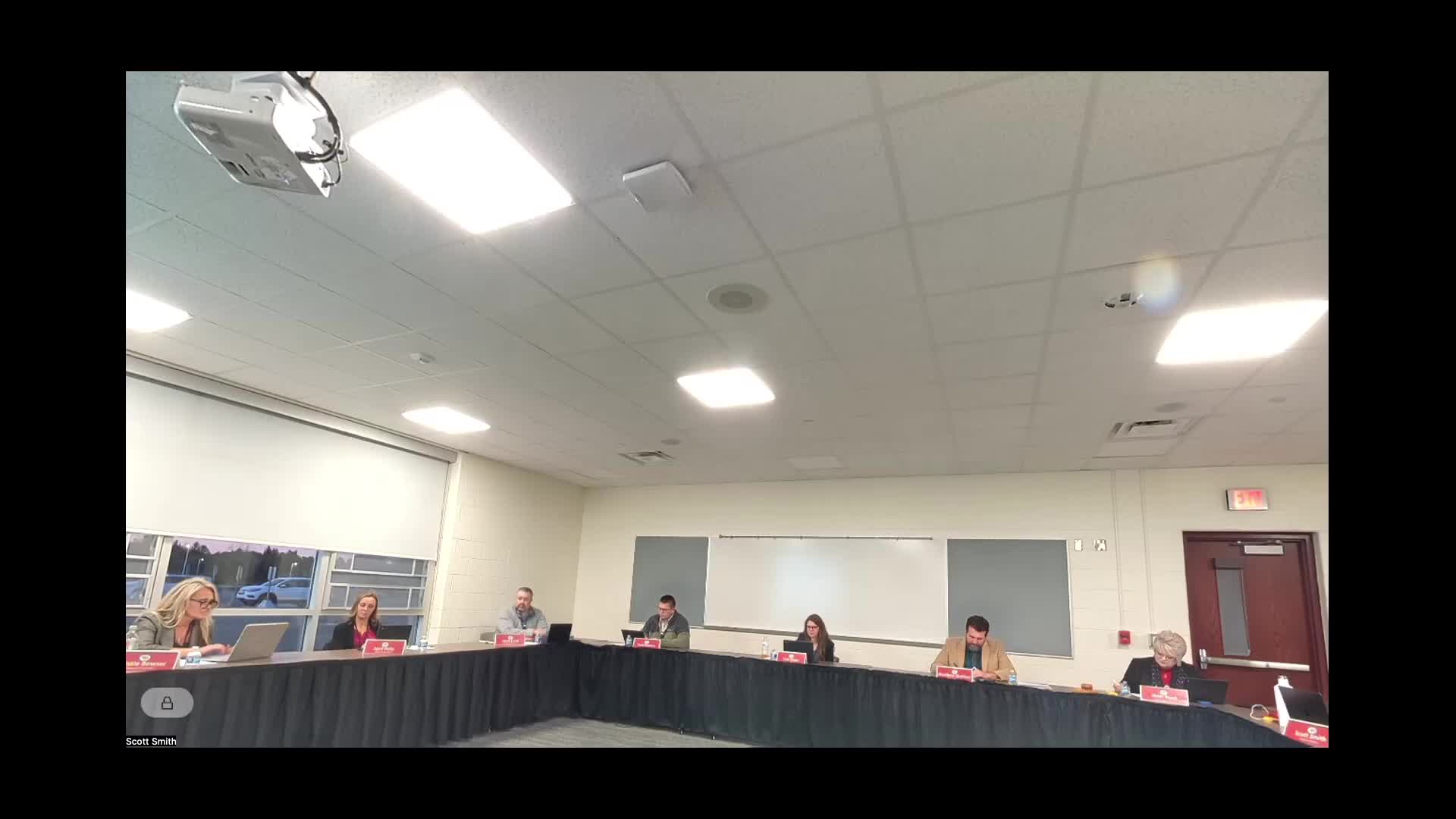Finance director: 2025–26 state budget increases $442 per pupil but local net effects mixed; fall count rises
November 06, 2025 | Cedar Springs Public Schools, School Boards, Michigan
This article was created by AI summarizing key points discussed. AI makes mistakes, so for full details and context, please refer to the video of the full meeting. Please report any errors so we can fix them. Report an error »

Marty, the district’s finance lead, briefed the board on Oct. 27 about implications of the newly adopted 2025–26 state budget and local fiscal items.
Marty said the state budget (signed Oct. 17) raised the per‑pupil foundation allowance by $442 and continued universal free breakfast and lunch. At‑risk (Section 31a) funding increased by roughly 25 percent statewide, but he warned districts to watch a reallocation that shifted roughly $851 million in school‑aid fund dollars to support higher‑education institutions.
“In isolation you’ll see headlines about historic per‑pupil funding, but when you net out the prior MECSRS offset and enrollment stabilization changes the district’s net revenue gains are modest,” Marty said.
He reported the district’s unaudited Oct. 1 fall count increased by about 23.35 FTE to a projected state aid membership of 2,971 FTE; the certified count is expected after the state audit in late November or early December.
Marty also described employee health‑insurance premiums rising about 9.1% (pool average) while the state cap rose 2.9%, which means employees again will share part of the increase via payroll‑withholding; the district is offering lower‑cost plan options to mitigate employee impact.
On capital finance, Marty summarized a preliminary discussion with Baker Tilly about a potential refunding of the district’s 2016 bonds in January if market rates remain favorable. He said an estimated issuance cost would be about $126,000 and projected net taxpayer savings about $132,000 (range discussed $110k–$150k); he cautioned that an S&P rating fee of about $20,000 would be payable if the district orders the rating even if market action later makes the refunding unadvisable.
Marty said staff will bring a proposed Amendment 1 to the adopted budget reflecting the updated enrollment and related revenue differences.
Marty said the state budget (signed Oct. 17) raised the per‑pupil foundation allowance by $442 and continued universal free breakfast and lunch. At‑risk (Section 31a) funding increased by roughly 25 percent statewide, but he warned districts to watch a reallocation that shifted roughly $851 million in school‑aid fund dollars to support higher‑education institutions.
“In isolation you’ll see headlines about historic per‑pupil funding, but when you net out the prior MECSRS offset and enrollment stabilization changes the district’s net revenue gains are modest,” Marty said.
He reported the district’s unaudited Oct. 1 fall count increased by about 23.35 FTE to a projected state aid membership of 2,971 FTE; the certified count is expected after the state audit in late November or early December.
Marty also described employee health‑insurance premiums rising about 9.1% (pool average) while the state cap rose 2.9%, which means employees again will share part of the increase via payroll‑withholding; the district is offering lower‑cost plan options to mitigate employee impact.
On capital finance, Marty summarized a preliminary discussion with Baker Tilly about a potential refunding of the district’s 2016 bonds in January if market rates remain favorable. He said an estimated issuance cost would be about $126,000 and projected net taxpayer savings about $132,000 (range discussed $110k–$150k); he cautioned that an S&P rating fee of about $20,000 would be payable if the district orders the rating even if market action later makes the refunding unadvisable.
Marty said staff will bring a proposed Amendment 1 to the adopted budget reflecting the updated enrollment and related revenue differences.
View full meeting
This article is based on a recent meeting—watch the full video and explore the complete transcript for deeper insights into the discussion.
View full meeting
